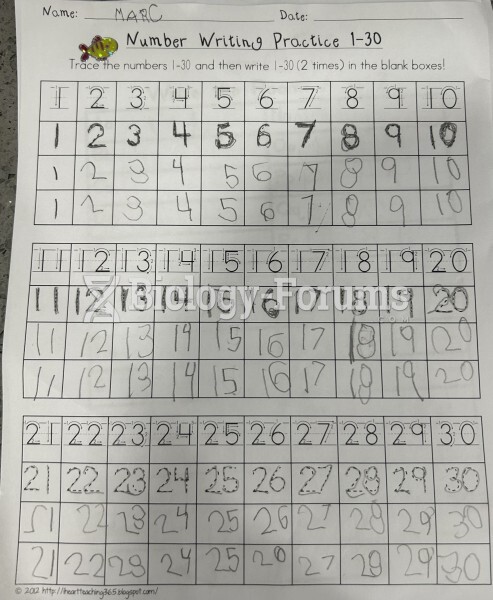Answer to Question 1
State statutes prohibit the unauthorized practice of law (UPL). Although the statutes vary, they all aim to prevent nonlawyers from providing legal counsel. These statutes do not apply only to paralegals. Rather, they apply to all personsincluding real estate agents, bankers, insurance agents, and accountantswho might provide services that are typically provided by licensed attorneys. For example, an insurance agent who offers advice to a client on a personal-injury claim might be liable for UPL.
UPL statutes are not always clear about what constitutes the practice of law. Consequently, courts decide whether a person has engaged in UPL on a case-by- case basis. This may make it difficult to know exactly what activities constitute UPL. To avoid violating UPL laws, a person must be aware of the state courts' decisions on UPL. Some states are addressing this problem.
Paralegals can also refer to the general guidelines for their profession provided by NALA. Guideline 2 in NALA's Model Standards and Guidelines prohibits a legal assistant from engaging in any of the following activities:
Establishing attorney-client relationships.
Setting legal fees.
Giving legal opinions or advice.
Representing a client before a court, unless authorized to do so by the court.
Engaging in, encouraging, or contributing to any act that could constitute the unauthorized practice of law.
Answer to Question 2
NALA, the ABA, and many of the states have adopted guidelines for the utilization of paralegal services. These guidelines were created in response to questions concerning the role and function of paralegals within the legal arena that had arisen in earlier years, including the following: What are paralegals? What kinds of tasks do they perform? What are their professional responsibilities? How can attorneys best utilize paralegal services? What responsibilities should attorneys assume with
respect to their assistants' work?
NALA's Model Standards and Guidelines for the Utilization of Paralegals provides
guidance on several important issues. It begins by listing the minimum qualifications that legal assistants should have and then, in a series of guidelines, indicates what paralegals may and may not do. The ABA's Model Guidelines for the Utilization of Paralegal Services indicates, among other things, the types of tasks that a lawyer may not delegate to a paralegal and, generally, the responsibilities of attorneys with respect to paralegal performance and compensation.
Most states have adopted some form of guidelines concerning the use of legal assistants by attorneys, the respective responsibilities of attorneys and legal assistants in performing legal work, the types of tasks paralegals may perform, and other ethically challenging areas of legal practice.
Although the guidelines of some states reflect the influence of NALA's standards and guidelines, the state guidelines focus largely on state statutory definitions of the practice of law, state codes of ethics regulating the responsibilities of attorneys, and state court decisions. Paralegals should be sure to become familiar with their state's guidelines.







